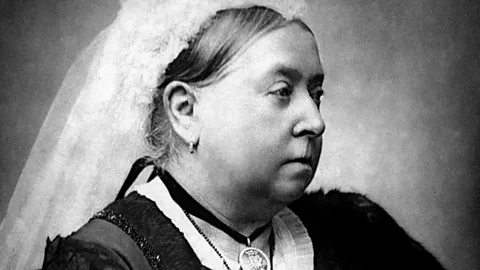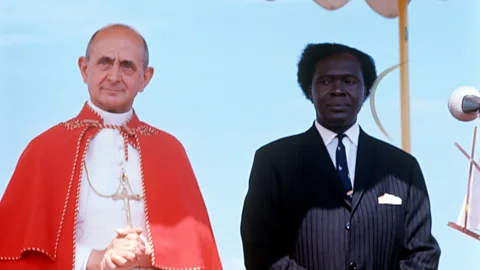
Witness History
Witness History
The 'Nixon Shock' and the end of the Gold Standard
Up next
August 25, 2022
10 minutes
Available for over a year
In 1971, inflation was a huge problem in the USA so the President, Richard Nixon, made one of the most drastic moves in economic history: abandoning the Gold Standard. It became known as the 'Nixon Shock' and nearly caused a trade war between America and its allies. But, it also saved the US's economy from a crisis. Ben Henderson spoke to Bob Hormats, an economic adviser in the Nixon istration, who was at the heart of decision-making.
(Picture from Bettmann via Getty Images: President Nixon with his economic advisers in 1971)
















